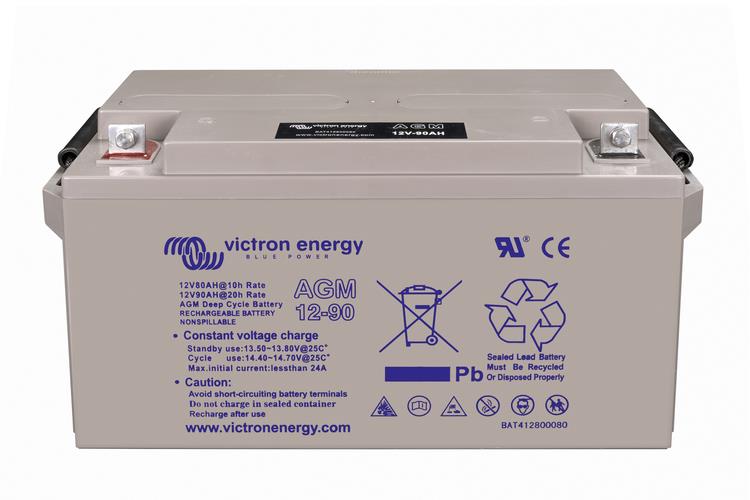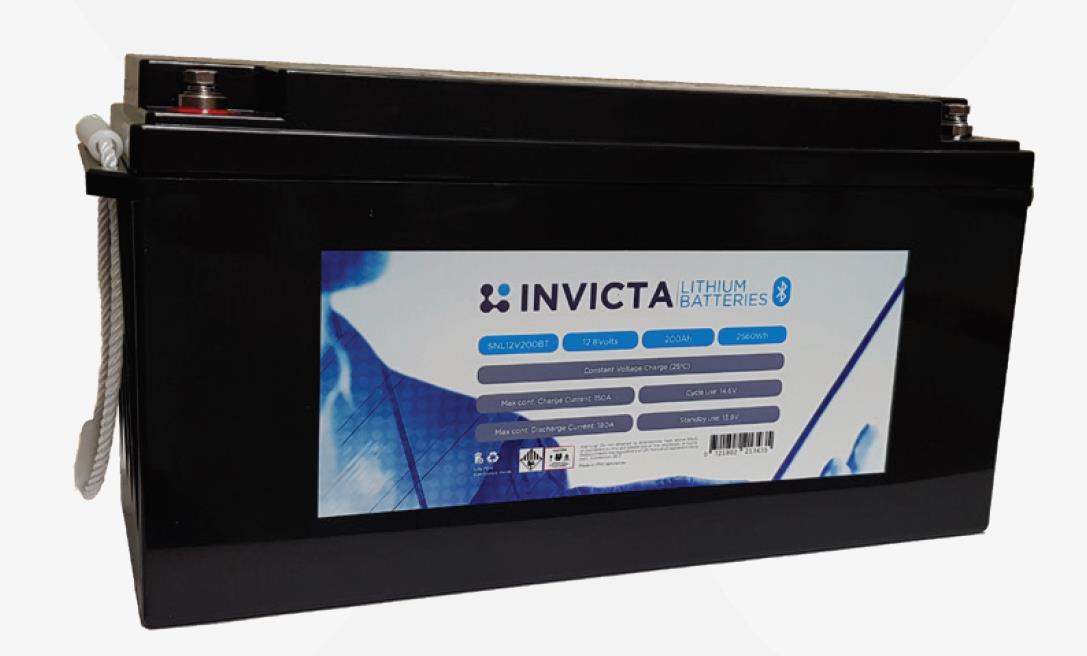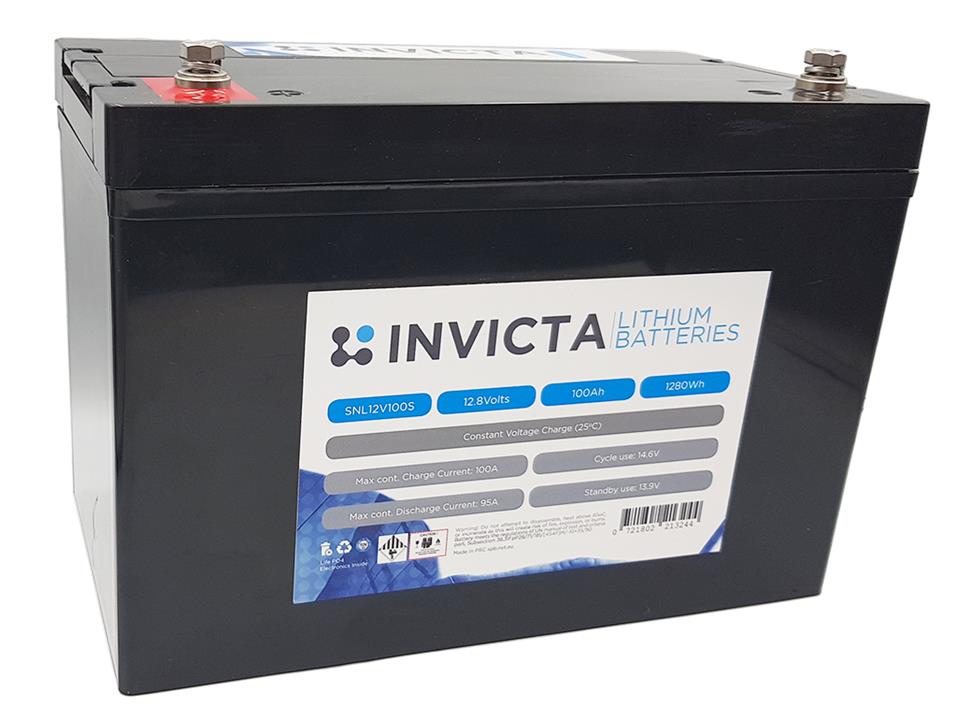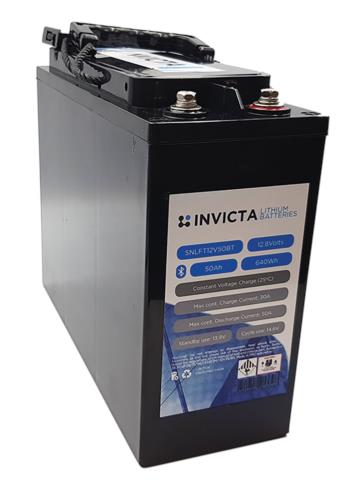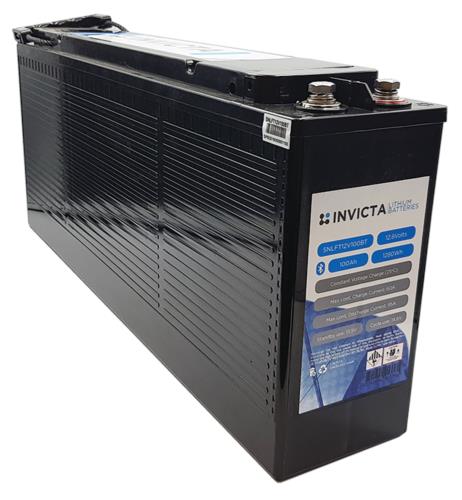Description
Victron 12V/90Ah AGM Deep Cycle Battery with M6 threaded terminals, 2 year warranty The AGM range has very low internal resistance making them particularly suitable for high current discharge applications such as for inverters, thrusters and winches VRLA technology: VRLA stands for Valve Regulated Lead Acid, which means that the batteries are sealed Gas will escape through the safety valves only in case of overcharging or cell failure VRLA batteries are maintenance free for life Sealed (VRLA) AGM Batteries: AGM stands for Absorbent Glass Mat In these batteries the electrolyte is absorbed into a glass-fibre mat between the plates by capillary action As explained in our book Energy Unlimited, AGM batteries are more suitable for short-time delivery of high currents than gel batteries Low Self-Discharge: Because of the use of lead calcium grids and high purity materials, Victron VRLA batteries can be stored during long periods of time without recharge The rate of self discharge is less than 2% per month at 20C The self-discharge doubles for every increase in temperature by 10C Victron VRLA batteries can therefore be stored for up to a year without recharging, if kept under cool conditions Exceptional Deep Discharge Recovery: Victron VRLA batteries have exceptional discharge recovery, even after deep or prolonged discharge Nevertheless repeatedly deep and prolonged discharge has a very negative effect on the service life of all lead acid batteries, Victron batteries are no exception Battery Discharging Characteristics: The rated capacity of Victron AGM and Gel Deep Cycle batteries refers to 20 hour discharge, in other words: a discharge current of 0,05 C The rated capacity of Victron Tubular Plate Long Life batteries refers to 10 hours discharge The effective capacity decreases with increasing discharge current Please note that the capacity reduction will be even faster in case of a constant power load, such as an inverter Victron's AGM deep cycle batteries have excellent high current performance and are therefore recommended for high current applications such as engine starting Due to their construction, Gel batteries have a lower effective capacity at high discharge currents On the other hand, Gel batteries have a longer service life, both under float and cycling conditions Effect of temperature on service life: High temperature has a very negative effect on service life Effect of temperature on capacity: Capacity reduces sharply at low temperatures Cycle life of Victron batteries: Batteries age due to discharging and recharging The number of cycles depends on the depth of discharge Battery charging in case of cycle use: the 3-step charge curve: The most common charge curve used to charge VRLA batteries in case of cyclic use is the 3-step charge curve, whereby a constant current phase (the bulk phase) is followed by two constant voltage phases (absorption and float) During the absorption phase the charge voltage is kept at a relatively high level in order to fully recharge the battery within reasonable time The third and last phase is the float phase: the voltage is lowered to standby level, sufficient to compensate for self-discharge Disadvantages of the traditional 3-step charge curve: During the bulk phase the current is kept at a constant and often high level, even after the gassing voltage (14,34V for a 12V battery) has been exceeded This can lead to excessive gas pressure in the battery Some gas will escape through the safety valves, reducing service life Thereafter the absorption voltage is appl

